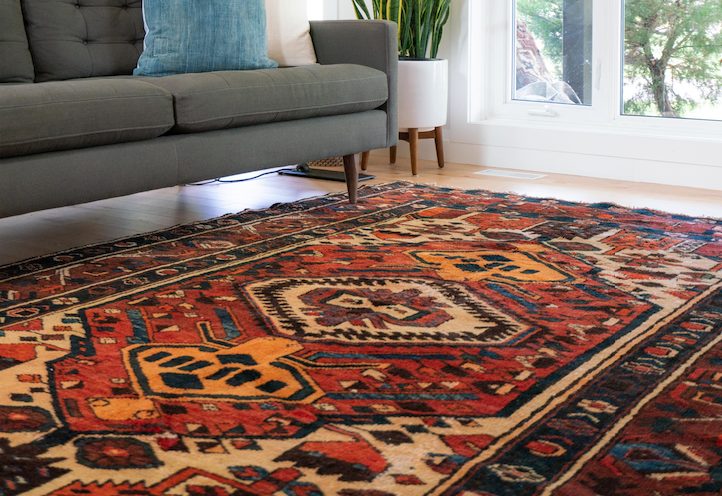Kazakh Rugs
Kazakh Rugs: A Tapestry of Culture and Tradition
Kazakh rugs are a beautiful and intricate form of textile art that has been practiced for centuries by the nomadic people of Central Asia. These rugs are made from wool and silk, and they are often decorated with intricate geometric patterns and symbols.
Kazakh rugs are not only works of art, but they are also functional objects that can be used for warmth, decoration, and even as a status symbol. They are often passed down from generation to generation, and they can hold great sentimental value for their owners.
The origins of Kazakh rugs are a bit hazy, but they are thought to have originated in the steppes of Central Asia. The nomadic Kazakh people were skilled weavers, and they used their rugs to protect themselves from the cold and to decorate their tents.
Over time, Kazakh rugs became more elaborate and intricate. They began to be decorated with complex geometric patterns and symbols, which often had religious or cultural significance. Kazakh rugs also became more colorful, and they began to incorporate elements from other cultures, such as Chinese silk and Persian motifs.
Today, Kazakh rugs are still made by hand by skilled weavers. They are a valuable part of Kazakh culture, and they are prized for their beauty, craftsmanship, and cultural significance.
Here are some of the things that make Kazakh rugs unique:
- The materials: Kazakh rugs are made from wool and silk, which gives them a soft and luxurious feel.
- The patterns: Kazakh rugs are decorated with intricate geometric patterns, which often have religious or cultural significance.
- The colors: Kazakh rugs are often colorful, and they may incorporate elements from other cultures, such as Chinese silk and Persian motifs.
- The craftsmanship: Kazakh rugs are made by hand by skilled weavers, which ensures that they are of the highest quality.

